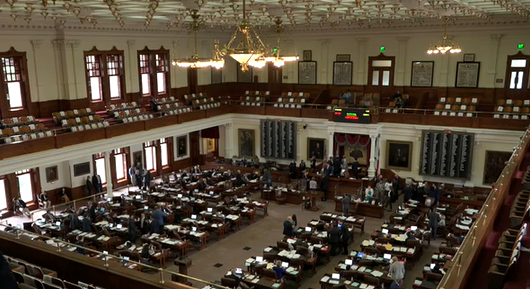The Supreme Court decision to overturn the Chevron Doctrine—a 40+-year-old rule that required courts to defer to federal agencies’ “reasonable” interpretations of “ambiguous” statutes—may mean that a sea change in regulatory activity—and possibly legislation—is likely.
The case, decided on June 28, is Loper Bright Enterprises v. Raimondo. It overturned the decades-old precedent known as the Chevron Doctrine. Under the now-defunct Chevron Doctrine, courts hearing challenges to federal regulations were required to defer to an agency’s reasoning when that reasoning was “reasonable” and based on “ambiguity” in a statute on which the regulation is based. The new standard set out in Loper gives courts the power to determine what an ambiguous statute means in any given fact pattern/regulation.
Among the regulations that are the subject of still-pending litigation, and thus possibly eligible for judicial consideration under the new Loper Bright standard, are the Department of Labor’s (DOL’s) fiduciary rule; the Federal Trade Commission’s (FTC’s) rule banning most noncompete agreements; the DOL’s independent contractor (worker classification) and white-collar exemption to overtime rules; and the Health and Human Services (HHS) rule that would prevent Medicare managed care plans from paying insurance agents and brokers to guide prospective buyers into certain coverage options.
Prospects: There is no guarantee that courts will disagree with an agency’s findings or that judicial results will be different because of SCOTUS’ shift to judicial authority in determining the meaning of ambiguity in a statute. But shifting to the courts the power to determine whether an agency has the statutory authority to promulgate any given regulation is a sea change that will substantially influence how and when legal challenges to regulations are brought, and also, probably, how both new law and new regulations are written.
The decision has raised concern that federal agencies will now face greater costs in promulgating regulations—and that is an extra challenge under current budget conditions. Further, Congressional lawmakers are contemplating the likelihood that they will have to be more specific in new legislation since delegating regulatory authority to the agencies now faces a judicial check. It will take time to determine just how impactful these two decisions will be, but early indications are that they could be profound.
NAIFA Staff Contacts: Diane Boyle – Senior Vice President – Government Relations, at dboyle@naifa.org; or Jayne Fitzgerald – Director – Government Relations, at jfitzgerald@naifa.org; or Michael Hedge – Senior Director – Government Relations, at mhedge@naifa.org.






.png?width=600&height=90&name=Support%20IFAPAC%20%20(600%20%C3%97%2090%20px).png)
